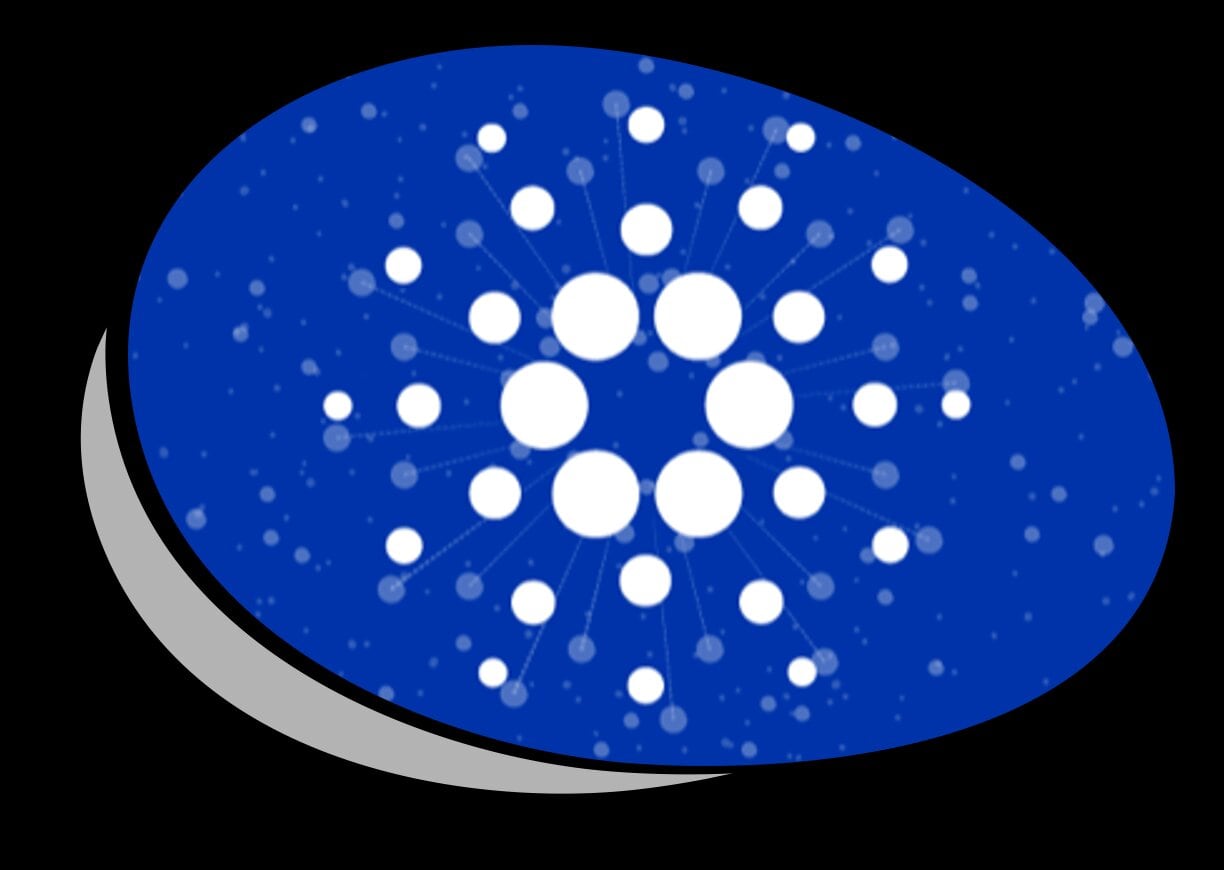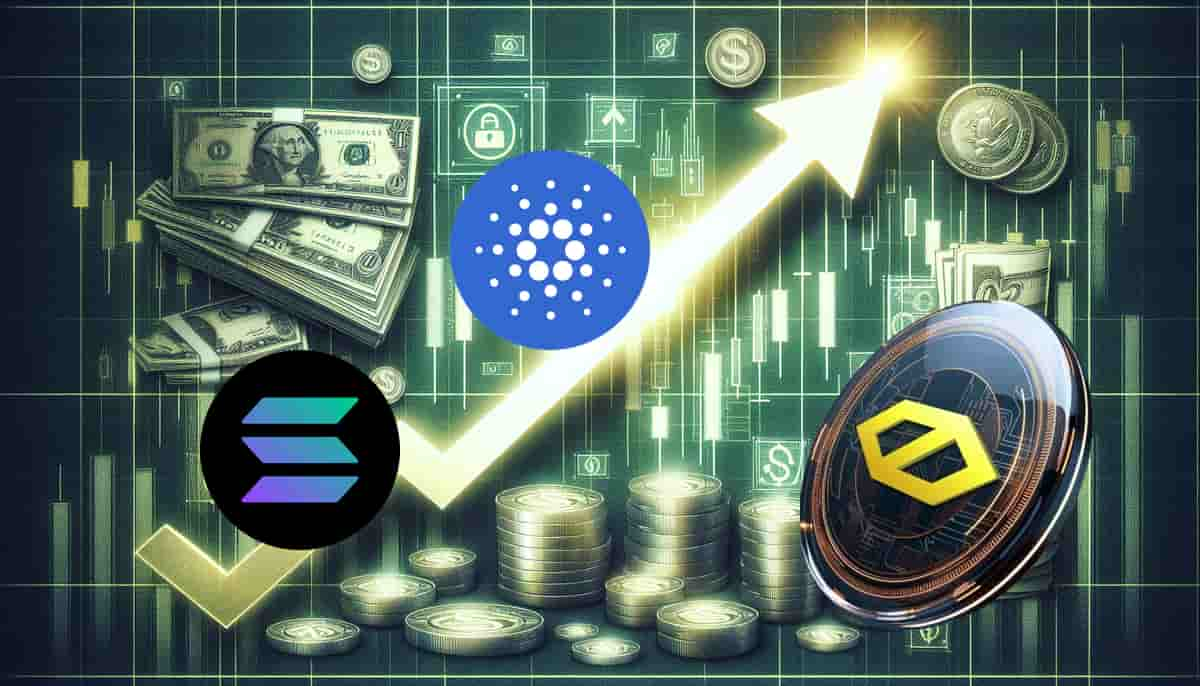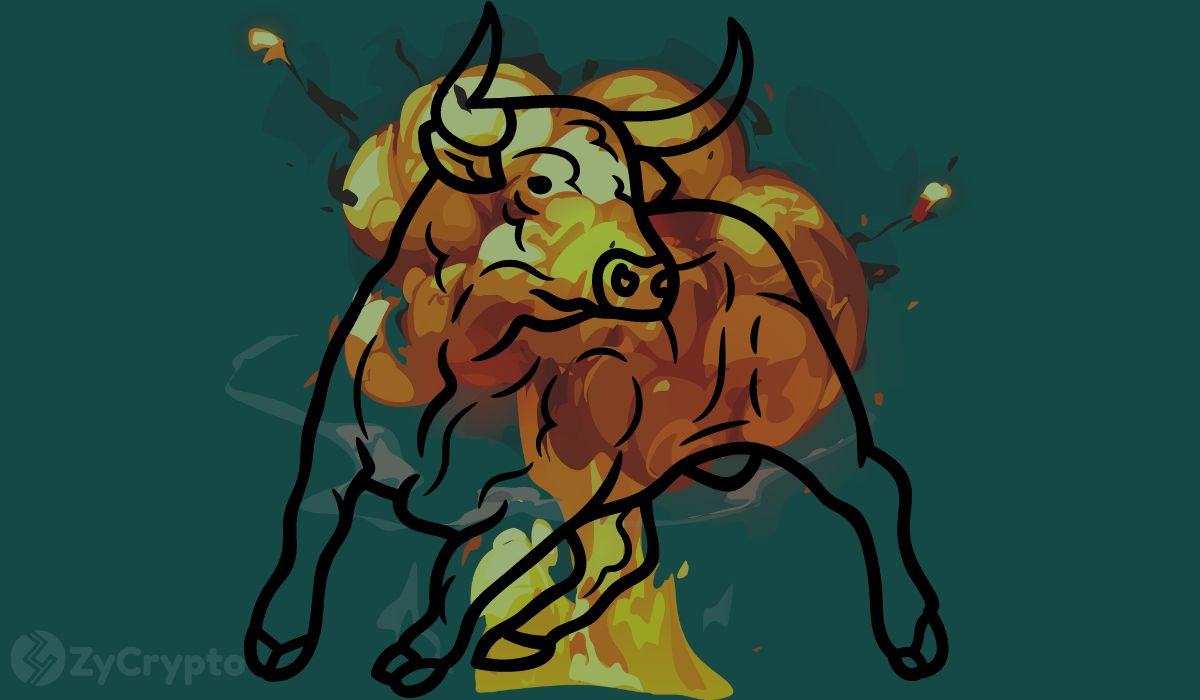Cardano: A Quick Guide
What is Cardano? Cardano is now the third largest cryptocurrency in the world at just under $96 billion. In addition to decentralized finance apps, new crypto tokens and games, it is designed to be a next-generation evolution of the...

What is Cardano? Cardano is now the third largest cryptocurrency in the world at just under $96 billion. In addition to decentralized finance apps, new crypto tokens and games, it is designed to be a next-generation evolution of the Ethereum concept.
Developers have yet to implement smart-contract functionality, but these “smart contracts” are now less than two weeks away.
Cardano will unlock smart-contract features on September 12th, bringing the protocol one step closer to providing developers with a robust, secure, scalable, and energy-efficient blockchain platform.
Cardano was founded by Ethereum Co-Founder Charles Hoskinson. Its native currency is ADA, which can be bought or sold on exchanges like Coinbase. ADA can now be used to store value, send and receive payments, stake and pay transaction fees on the Cardano network. ADA was named for 19th century British writer and mathematician, Ada Lovelace. Many consider her to be the first computer programmer.
Cardano: An Eco-Friendly Blockchain
Cardano wants to be the most eco-friendly blockchain platform. Unlike Bitcoin (BTC) and Ethereum (ETH), it uses an energy-efficient proof-of-stake consensus mechanism called Ouroboros. (ETH2 will also move Ethereum to a proof-of-stake system.)
Proof of Work
Without a central authority like Visa or PayPal, decentralized cryptocurrency networks must ensure that no one spends the same money twice. They do this using a “consensus mechanism.” Proof of work is the original crypto consensus mechanism, popularized by Bitcoin mining.
Virtual “miners” from all over the world compete to be the first to solve a time (and energy) consuming math puzzle required for proof of work.
In addition to updating the blockchain, the winner receives a predetermined amount of crypto.
Proof of Stake
An alternative to proof of work is proof of stake, which relies on a network of invested participants called validators. Unlike miners, validators stake their own ADA to secure the network and verify transactions.
To reward the most invested participants, the network selects a winner based on the amount of ADA each validator has in the pool and their time invested.
Then other validators can certify the block’s accuracy. The network updates the blockchain after a certain number of attestations.
The network distributes the ADA rewards proportionally to each validator’s stake.
Investors or just plain folks who believe in the Cardano, can earn ADA rewards by “delegating” some of their crypto to a third-party staking pool.
A 2 Layer Solution
Cardano has two layers: The Cardano Settlement Layer (CSL) and the Cardano Computing Layer (CCL).
The CSL is the ledger of accounts and balances (and is where the transactions are validated by the Ouroboros consensus mechanism).
The CCL layer executes all computations for blockchain apps via smart contracts.
The Ouroboros consensus is based on peer-reviewed research by computer scientists and cryptographers. Their goal is to create a decentralized network that could securely validate transactions while remaining as energy-efficient as possible.
Ethereum’s High Gas Prices
The two-layer blockchain allows Cardano to process up to a million transactions per second-much faster than Ethereum.
One of the main reasons for Cardano’s recent surge in popularity is that it has the potential to solve one of the Ethereum network’s most pressing issues: gas prices and scalability.
Final thoughts
The Cardano platform will support smart contracts starting on September 12th. The blockchain will also support Ethereum-based smart contracts later this year, allowing it to run existing apps and allow developers to work on Cardano projects using the familiar Solidity programming language
Cardano also plans to decentralize governance and create an automated treasury system to fund the network’s future.
If you enjoyed this article you might also like: What Is Adax? Premium DEX For Cardano
I write about blockchain, crypto, NFTs and other disruptive technologies and innovations.
SNEKbot by DexHunter on CARDANO
Cardano's Telegram Trading Bot live on Cardano mainnet!TRADE NOW!









